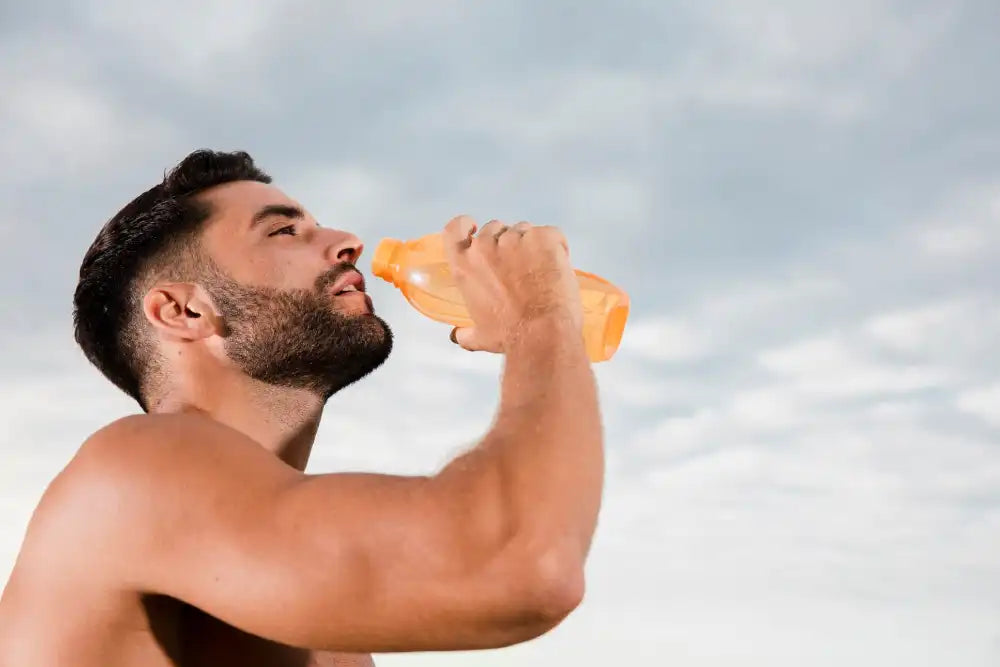Bonus Features

Did you know that the human body is about 60% water, and a third of that is salt water?
But here's the catch: reaching for plain water will not "hydrate."

Water alone is not the best way to hydrate. Our bodies need electrolytes for optimal hydration. Electrolytes like sodium, chloride, potassium, and magnesium play crucial roles in maintaining hydration levels. Sodium is responsible for extracellular hydration, while potassium and magnesium regulate intracellular hydration.

Over-hydrating with plain water can have adverse effects. It might dehydrate you, flush out electrolytes, cause frequent urination, lead to low sodium levels, and in extreme cases, it can even be fatal for endurance athletes.
We put all the ingredients necessary for optimal hydration in Option 1 to replenish lost electrolytes and ensure proper hydration.
We also lose minerals in sweat, especially during exercise. Minerals like sodium, chloride, potassium, calcium, magnesium, iron, copper, zinc, iodine, selenium, and chromium are lost in varying amounts through sweat.
Consuming electrolytes in the morning can replace the salt and fluids lost overnight, providing true hydration and leaving you feeling alert and energized throughout the day. Say goodbye to headaches and sluggishness!
Prior to or after exercise, drinking electrolyte water can be incredibly beneficial. Consuming 1,000 mg of sodium with 24 oz. of fluid can replace approximately 45 minutes of sweat loss. This amount may need to increase with intense exercise or exposure to heat stress.
Salt plays a crucial role in maintaining proper hydration levels. Sodium, in particular, is essential for fluid balance, and not getting enough of it can lead to dehydration, especially during vigorous exercise or in hot conditions.
Keep in mind that caffeine, found in coffee and other beverages, can also lead to significant salt loss. Studies suggest that an optimal sodium intake for health ranges from 3,000 to 5,000 mg per day, with an increase of 1,000 mg for every hour of exercise performed.
Now that you understand the importance of electrolytes in hydration, why not calculate your daily fluid needs using our Hydration Calculator? Simply input your body weight, activity level, climate, sweat rate, and fluid intake from various sources, and let the calculator determine your optimal hydration level. Click the button below to get started!
Please reach us at gurganusthomas@gmail.com if you cannot find an answer to your question.
Where every picture tells our story.